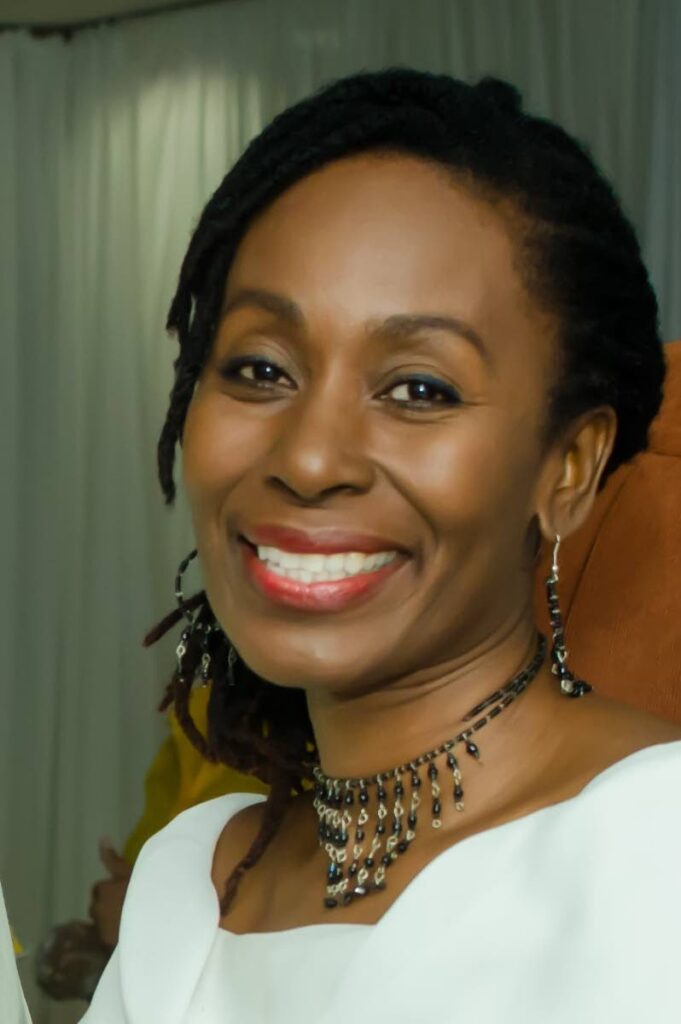Stitching our Carnival back together

“Nothing less than an explosion of theatrical talent fills the main streets of Trinidad and Tobago on the two days of Carnival. Months of painstaking labour on costumes, properties and scenic floats, nightly practices in tents, careful rehearsals of dances and speeches, dozens of new calypsoes on the lips of young and old, all contribute to a crescendo of activity that culminates in the masquerade.”
– Errol Hill, The Trinidad Carnival
OF COURSE our Carnival and creative sectors must function as viable business operations. As the desire to learn about and understand our festival grows, this would be the sensible approach to take. But what business model should we use? One grounded in the cultural complexity of our nation, or a model that subscribes to western business formulas, driven by profit?
And once the appropriate method is determined, what should success look like? And what ecosystem will we establish around this model?
Clearly, it should be one that prioritises areas such as timeliness of funding, benefits for practitioners in the creative sector, fairness of access to business opportunities, training and a co-ordinated government and private sector approach.
If you can believe it, in the 1970s, behind the scenes of the major TT-inspired carnivals (Miami, London, Toronto and so on) were seamstresses and stitchers from our country. A quiet, efficient army of skilled workers, unseen, but very much at the foundation of the success of these global festivals.
At home, the story was the same with wire-benders. They were the source of the huge, intricate costumes that we now take for granted. This year, our organisation was privileged to collaborate with Mr Richards, a wire-bender who worked with the legendary Wayne Berkeley for over two decades.
“Berkeley was precise,” Mr Richards told workshop participants with pride. “He could tell if the wire design was not symmetrical by just looking at it.”
How do we harness that intangible sense of knowing displayed by many of our cultural practitioners? In deciding the best business tactic to support our creative sector, we must define the model itself. Business models explore how the approach to business can “…capture the value and turn it into economic, social and/or cultural output.”
Understanding our value is therefore key to the conversation between the business and creative sectors. Is there greater economic validity to a 5,000-strong brightly coloured Carnival band versus a band of 30 fancy sailors in white?
There are many who would say yes, that financially, the returns on investment are not present in the smaller band. However, as CLR James wrote, Carnival is “well established as a feature of our national life.” In fact, he saw the festival growing alongside an increased sense of nationalism and democracy.
So value, nationalism and democratisation. How do we connect such ideologies to business and the creative sector? Well, there needs to be a different kind of corporate support for practitioners of traditional Carnival masquerade, stickfighters and other cultural workers.
It is not practical to compare the thousand-strong Carnival band and community-based Carnival events. The business model for each cannot be the same, nor should the expectations for return on investment.
Further, in the absence of an association or representation at a national level, the ability of traditional practitioners to raise their voices or lobby for more meaningful support remains limited.
Additionally, if communities are not accessing government funds for cultural programmes, should the relevant ministry not investigate why? Perhaps the forms are online and communities do not have access. Or maybe literacy is an issue.
From an organisational perspective, how many cultural organisations are registered or even understand basic business requirements? And if they are registered, do they have policies on sexual exploitation and abuse, rules for petty cash or documentation of meetings as required by many funding agencies?
How many of them understand the ethics of business and culture? For instance, should senior people in their organisation be allowed to compete in and be eligible for prizes in their own cultural events?
Thus, it is not enough to repeat that Carnival must function as a business as is currently being called for by senior public officials. There are deep systemic, structural and ethical challenges that prevent the industry from attaining its full potential, whether from a global marketing or manufacturing perspective.
To grow, we must rebuild. We need the wire-benders and the seamstresses and the stitchers. Our Carnival business needs them.
Dara E Healy is a performance artist and founder of the Indigenous Creative Arts Network – ICAN


Comments
"Stitching our Carnival back together"